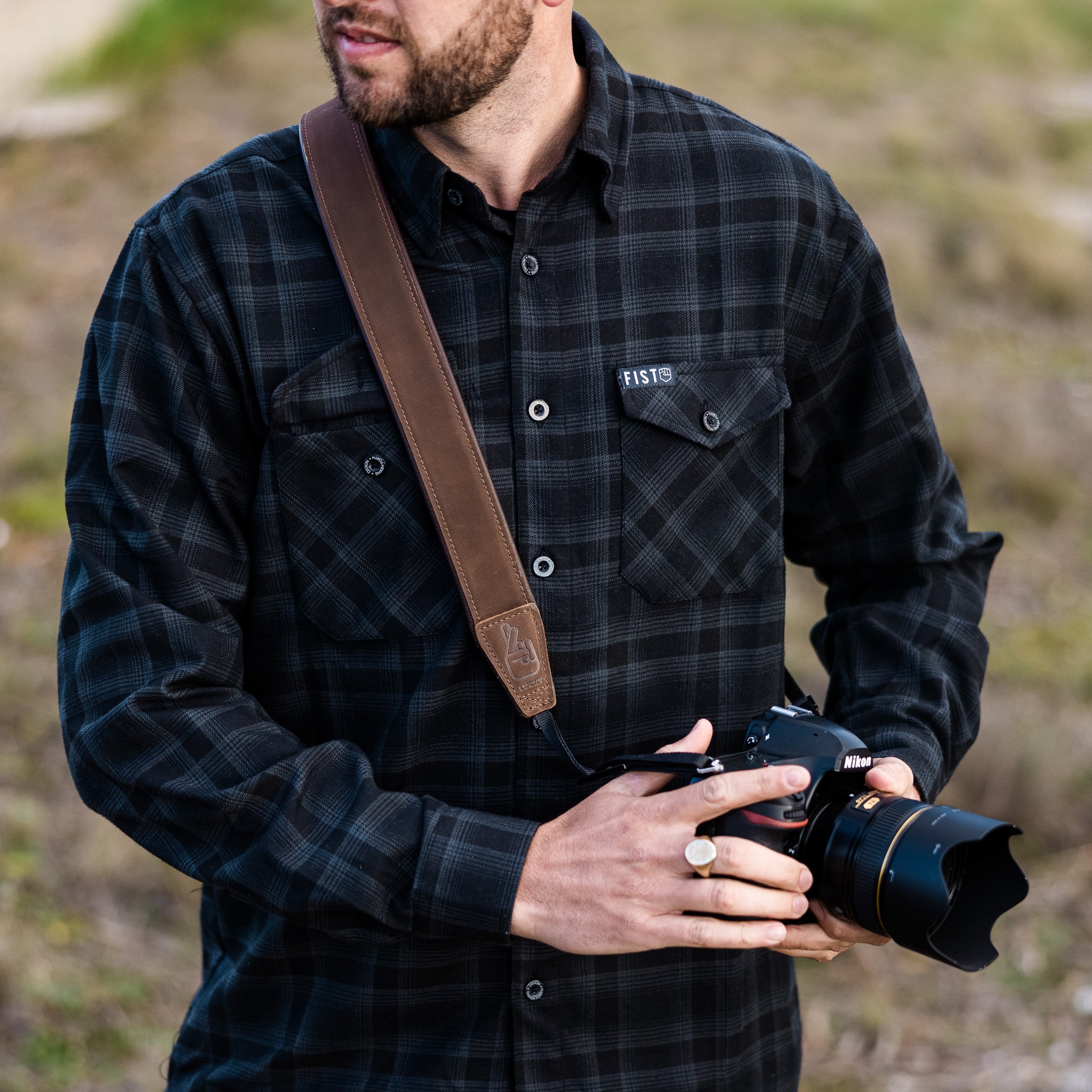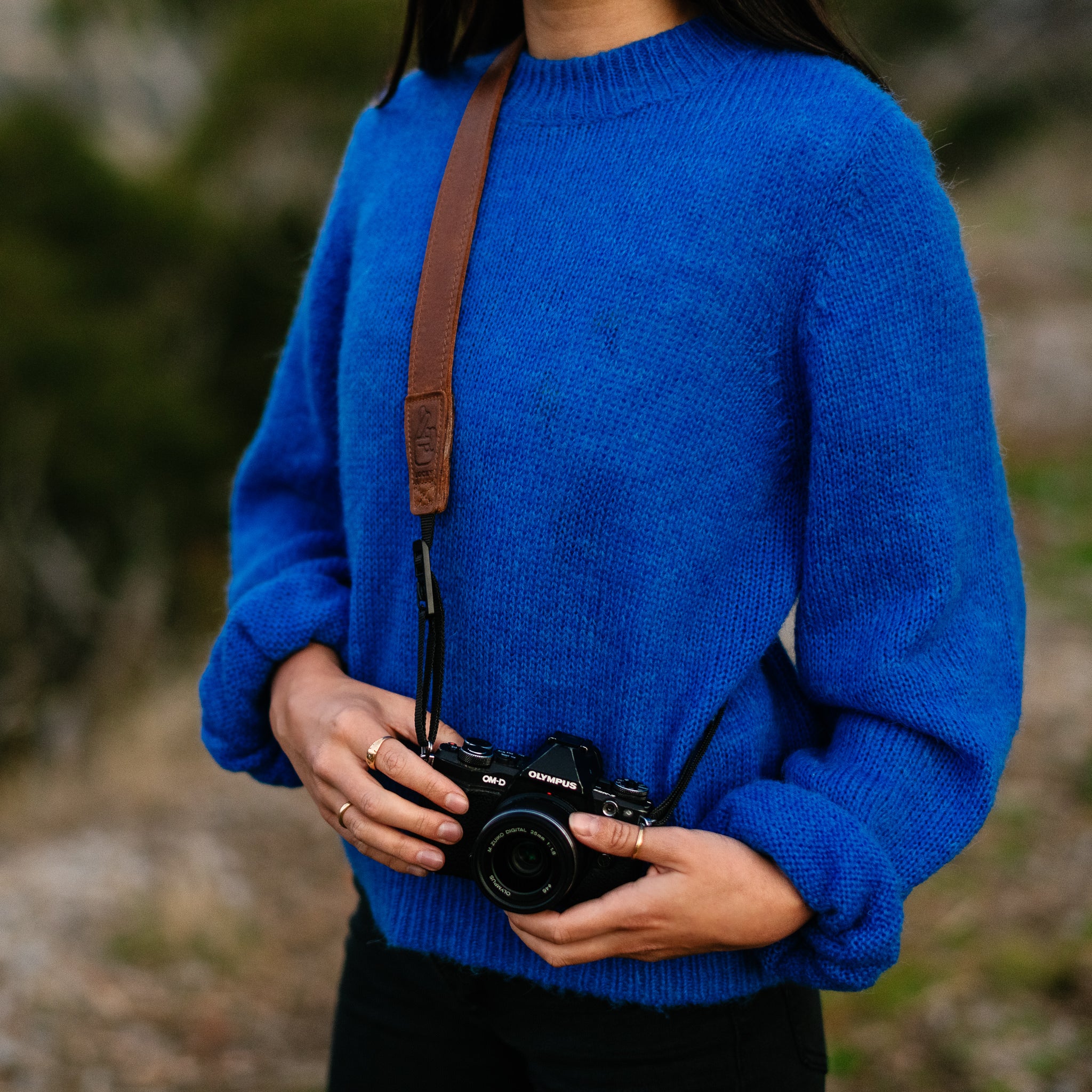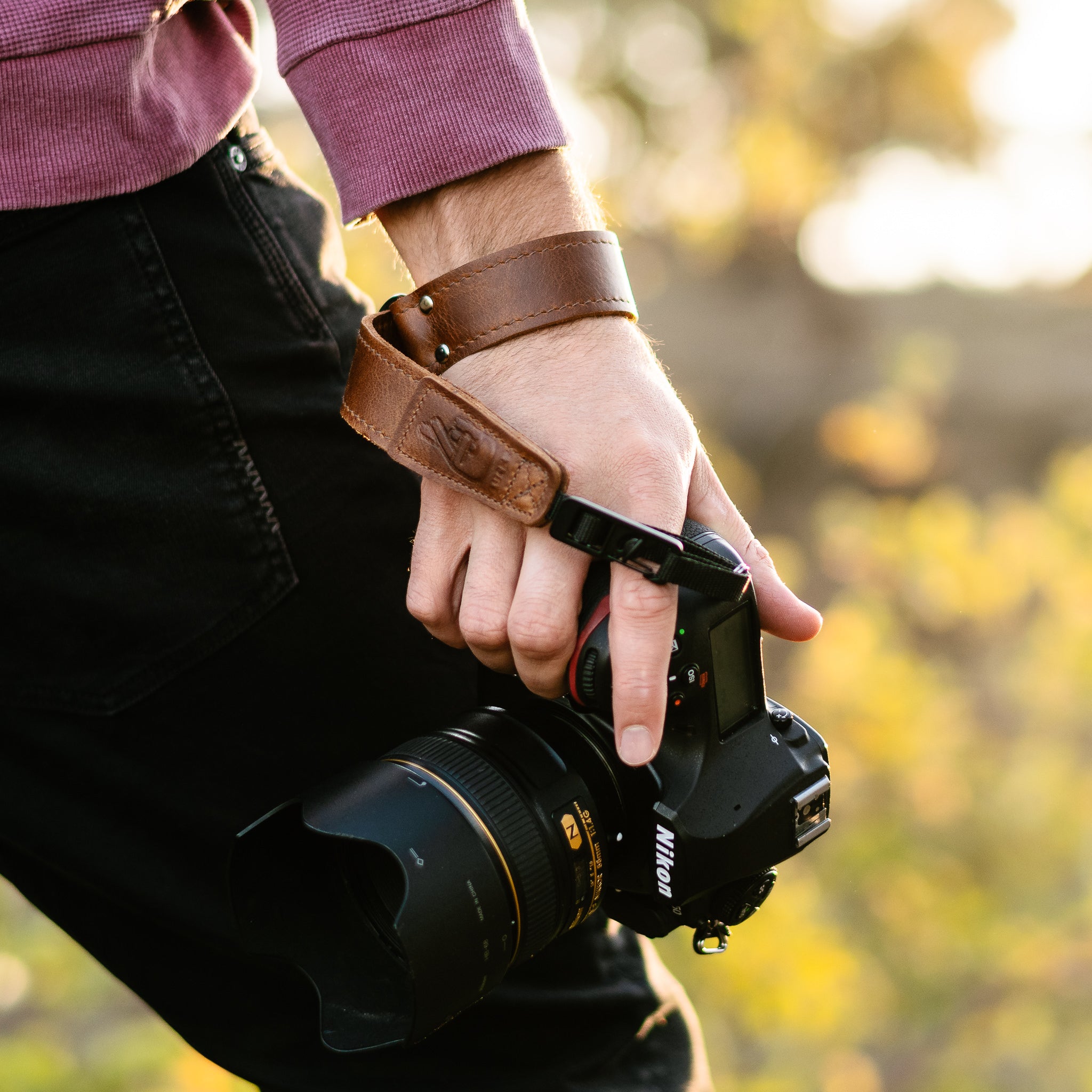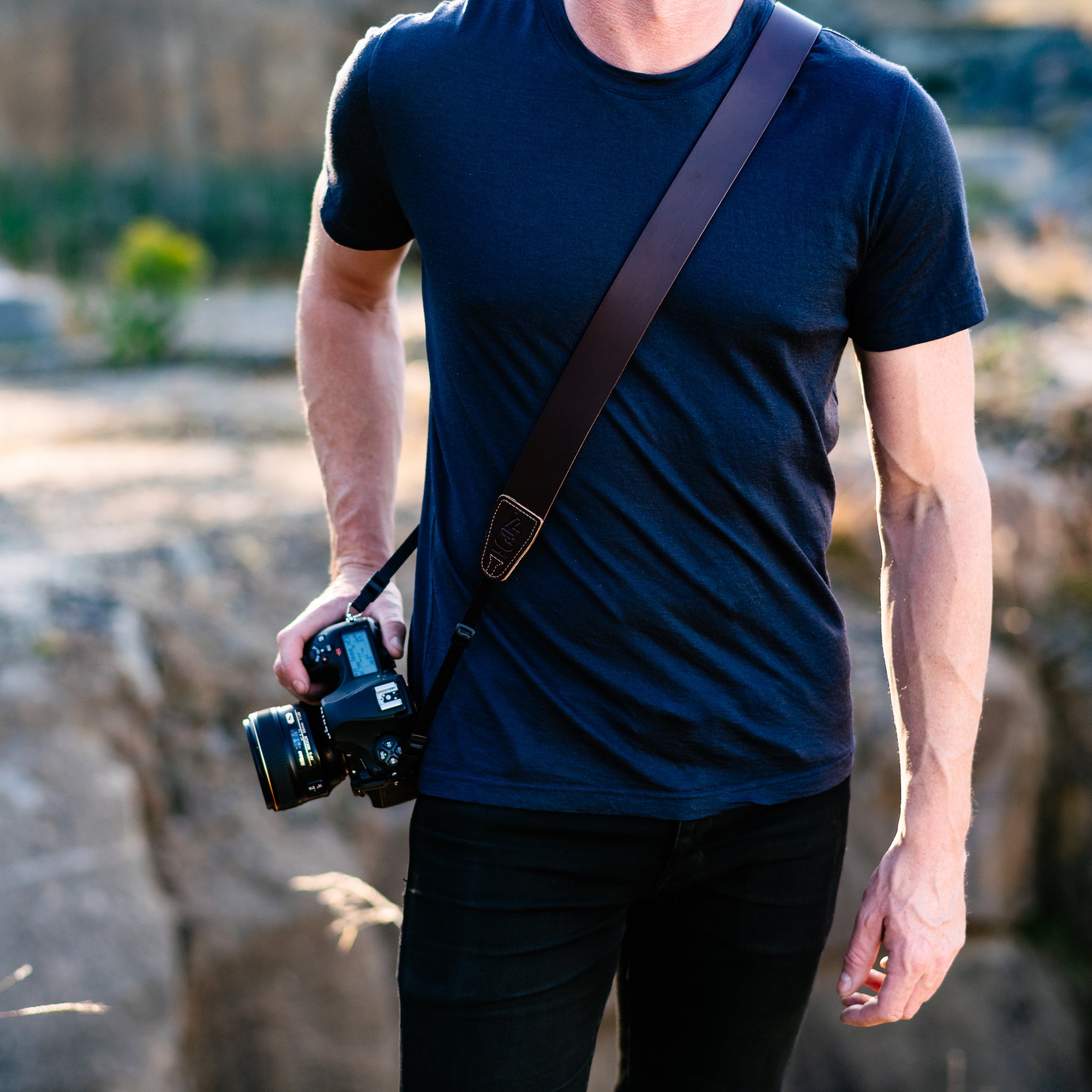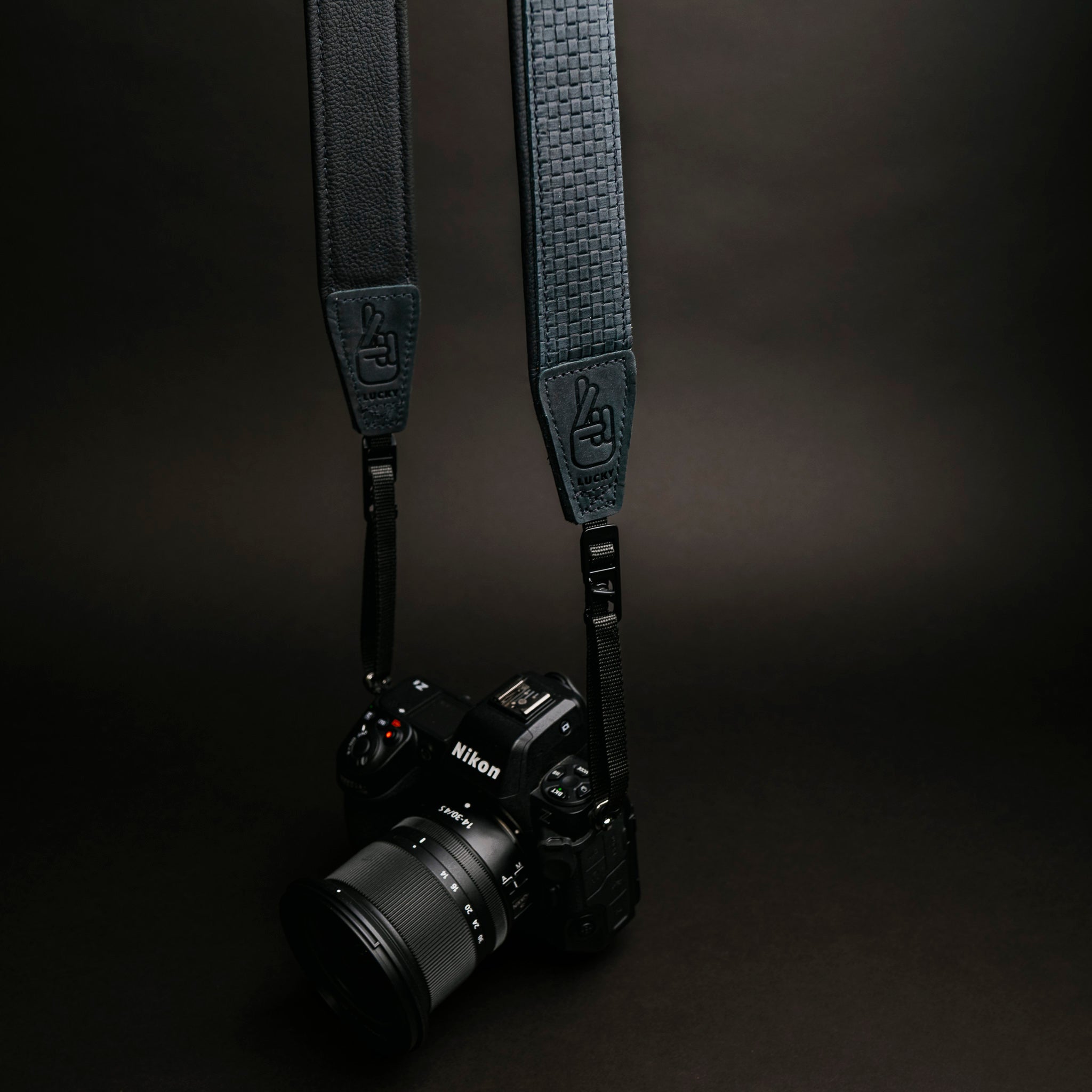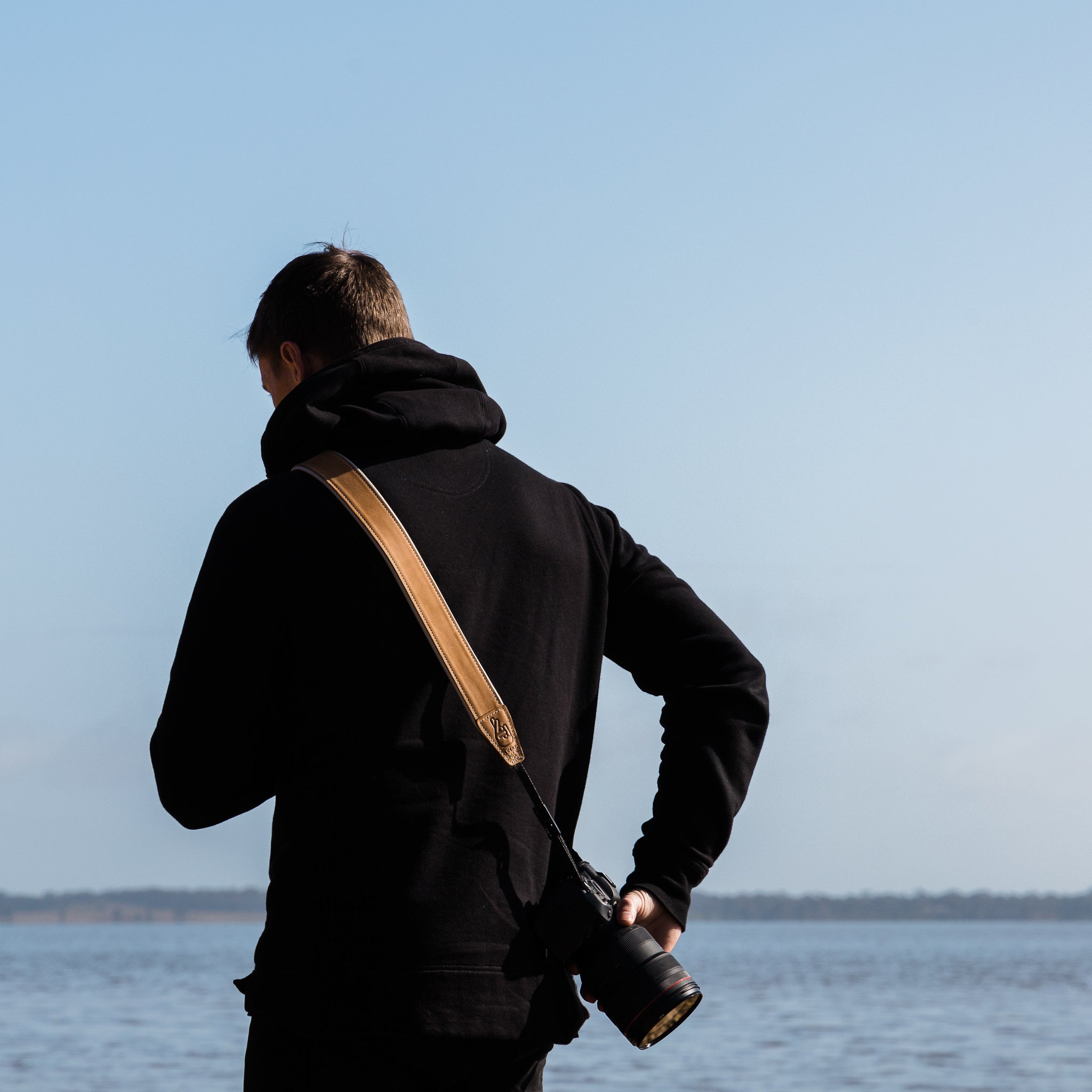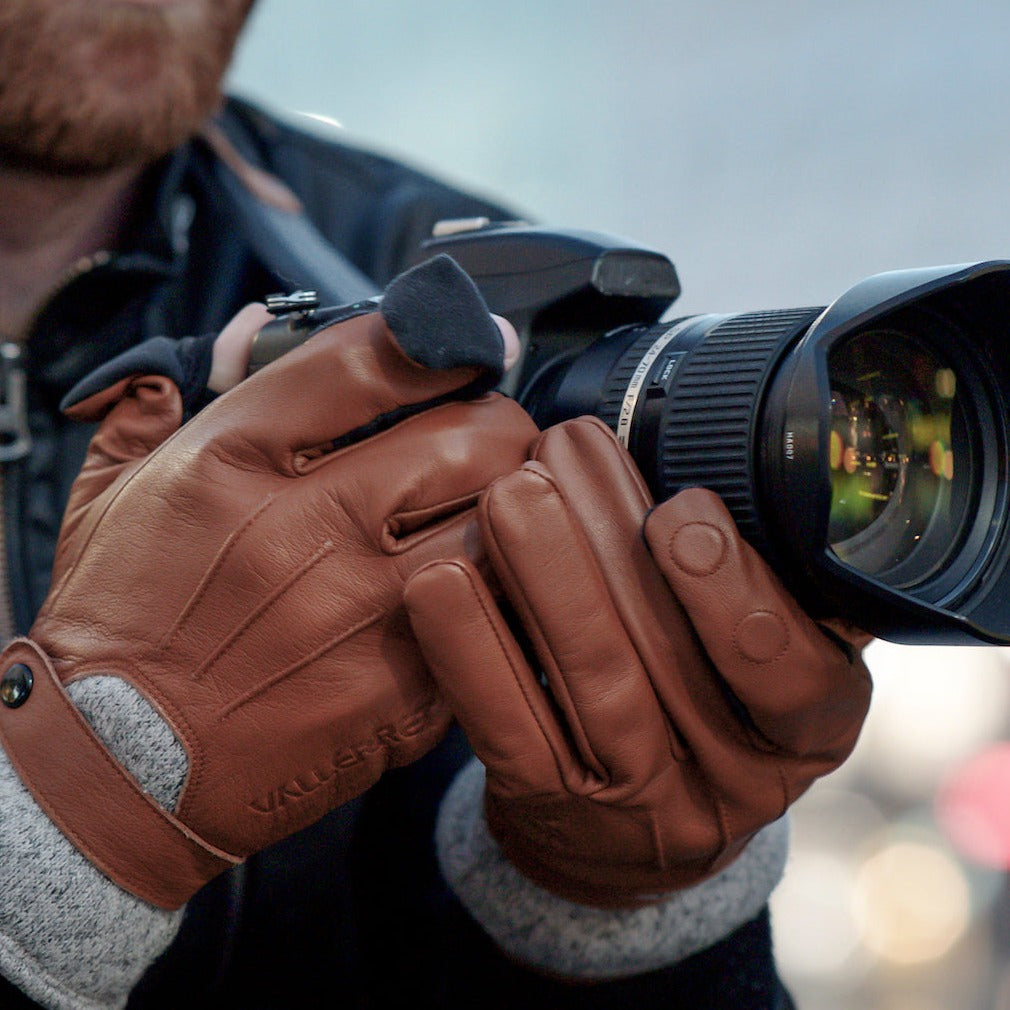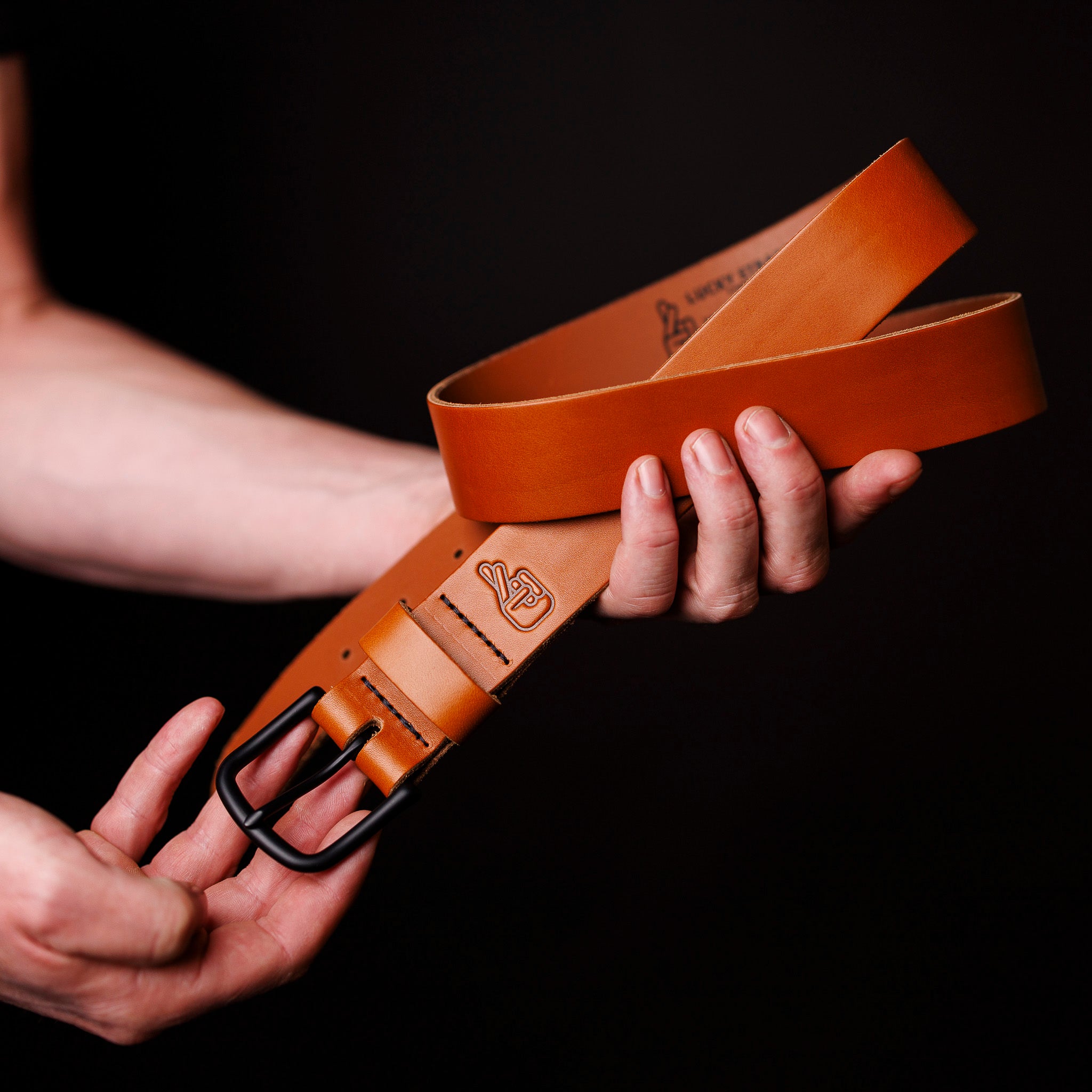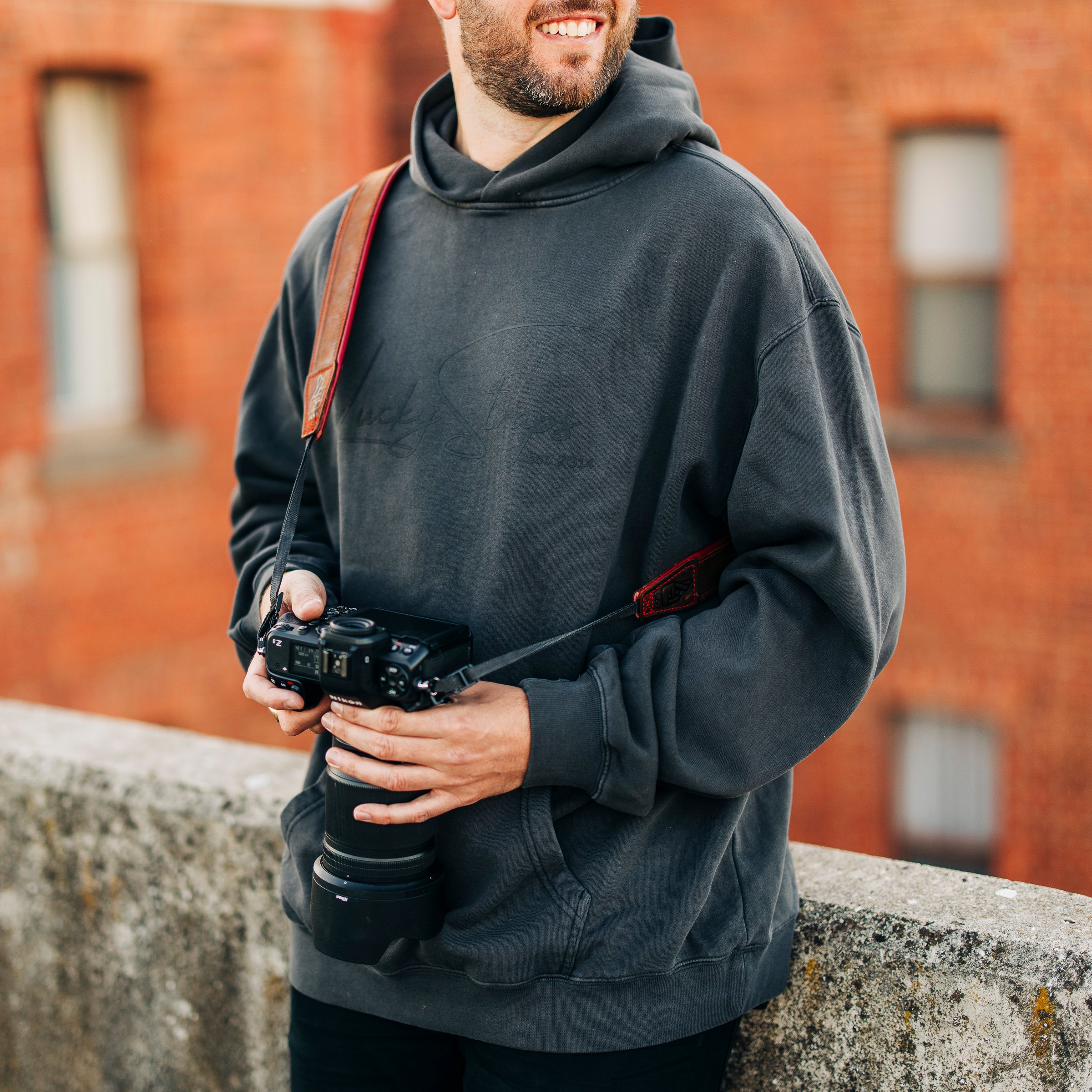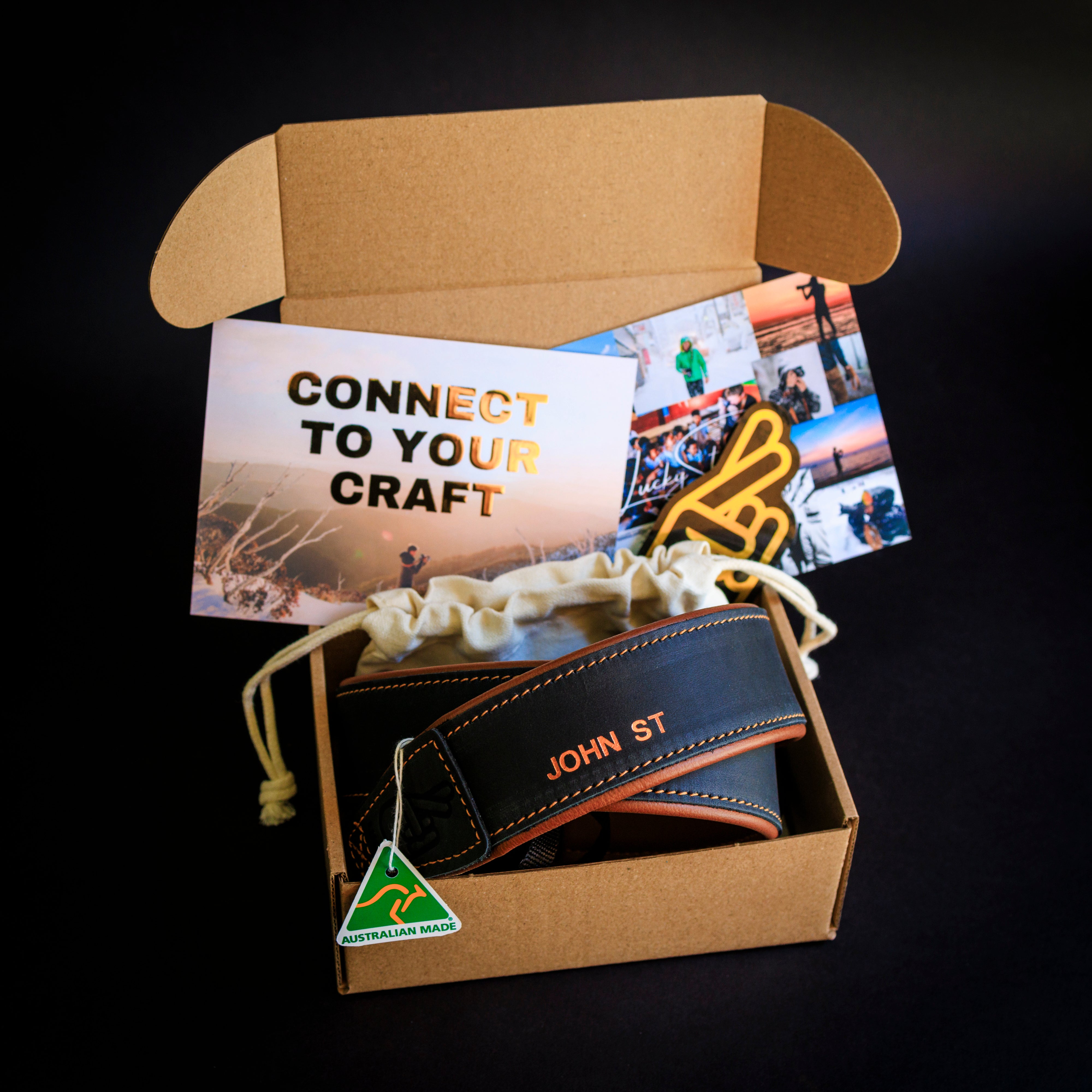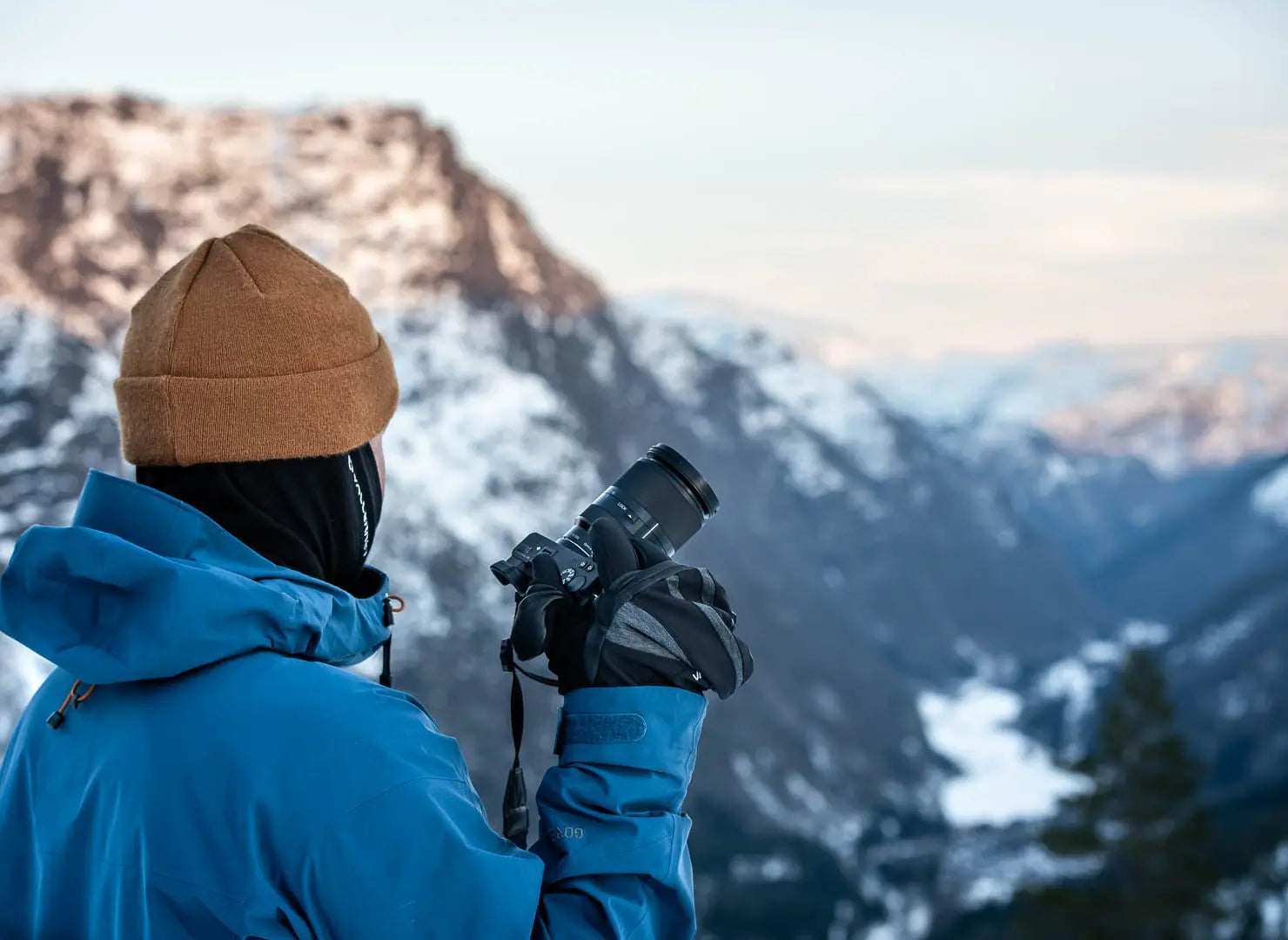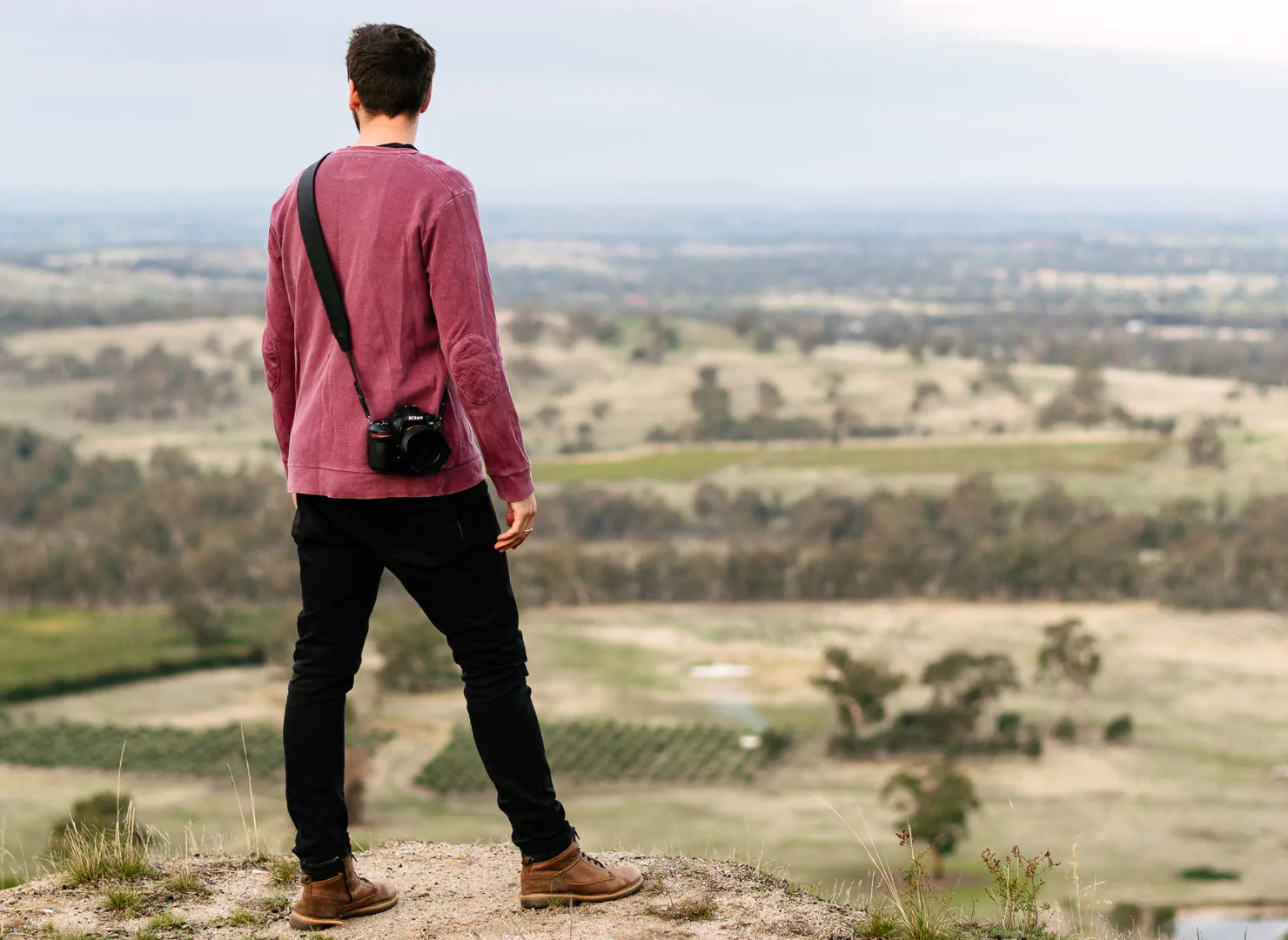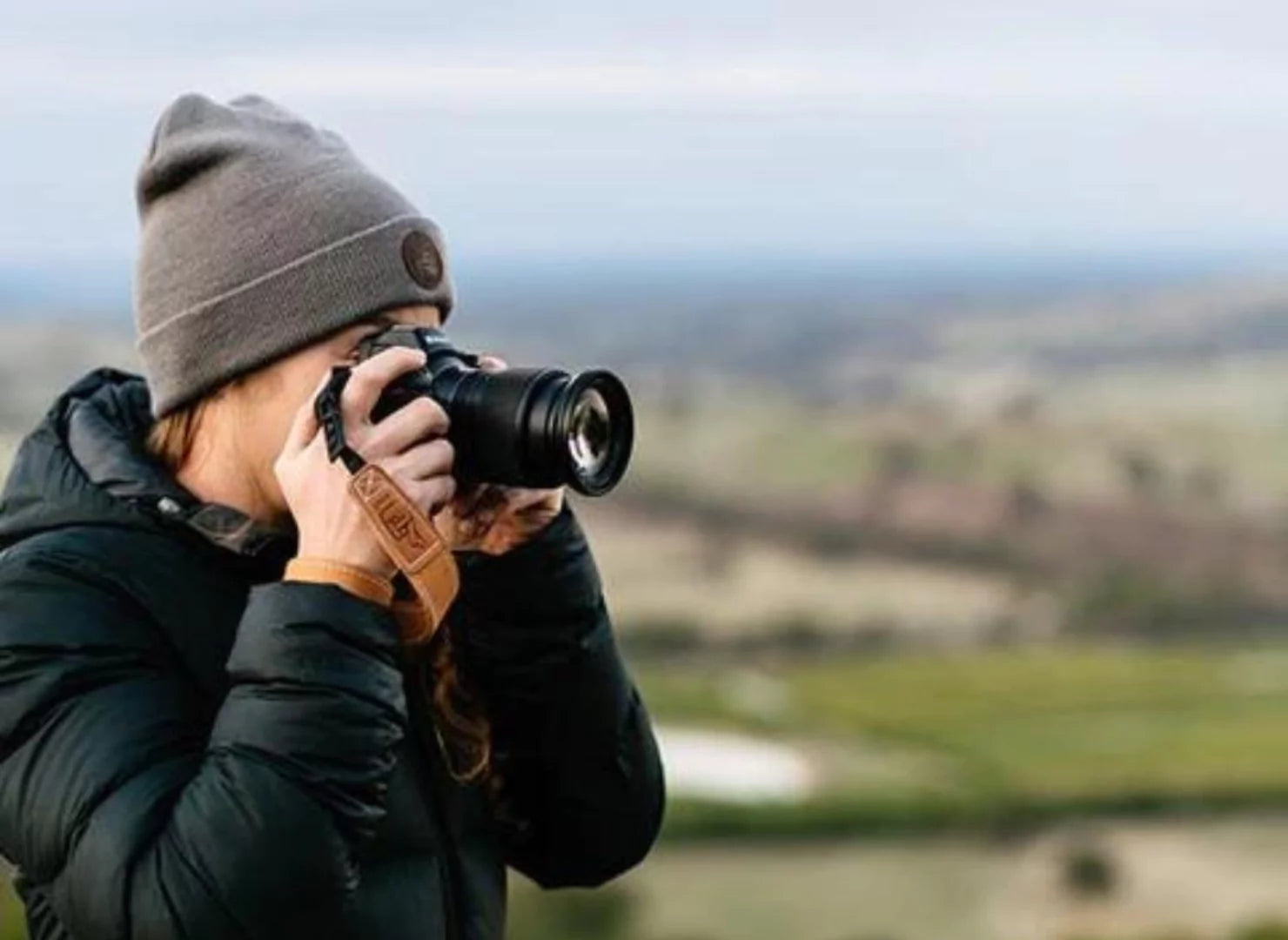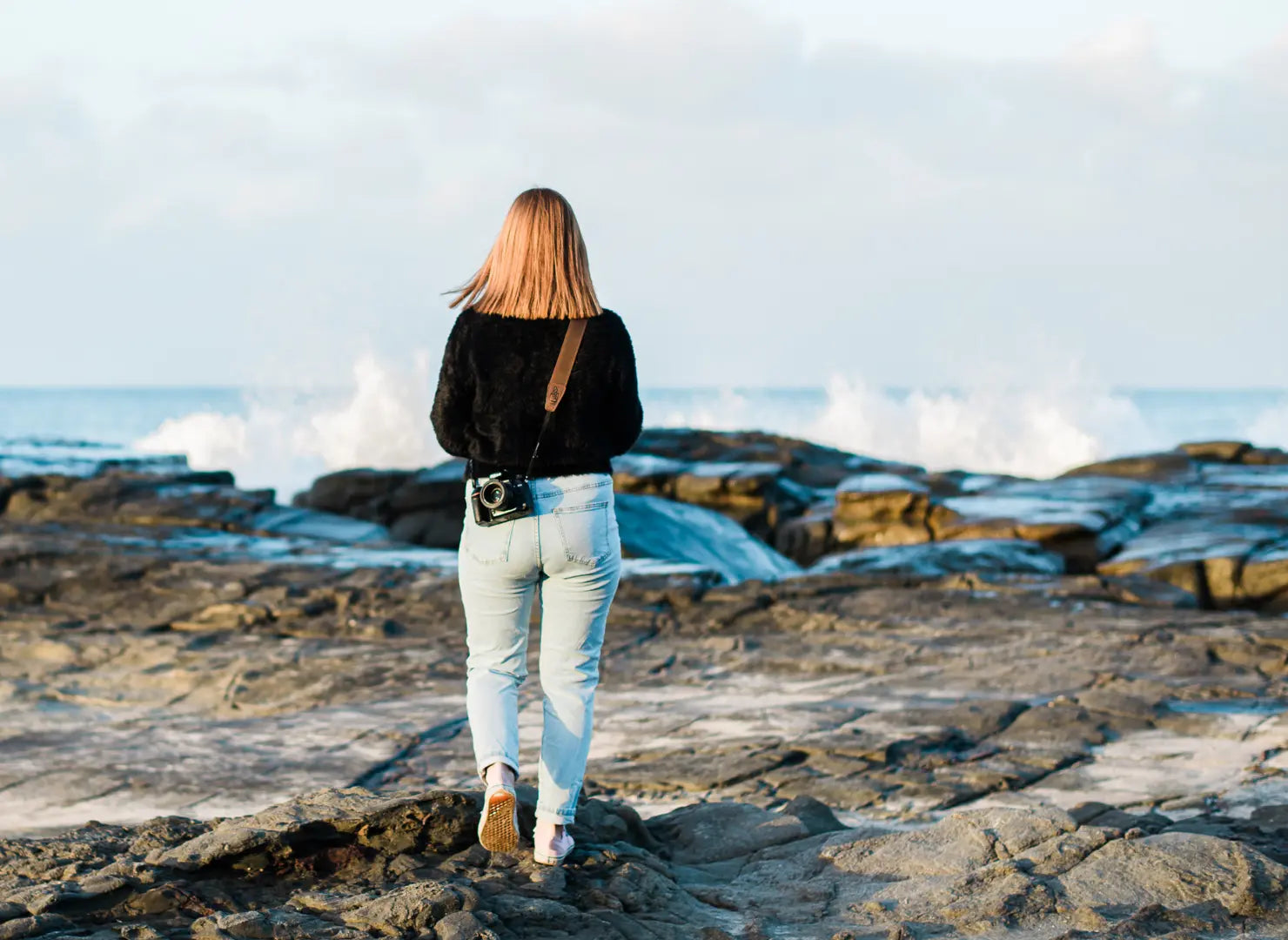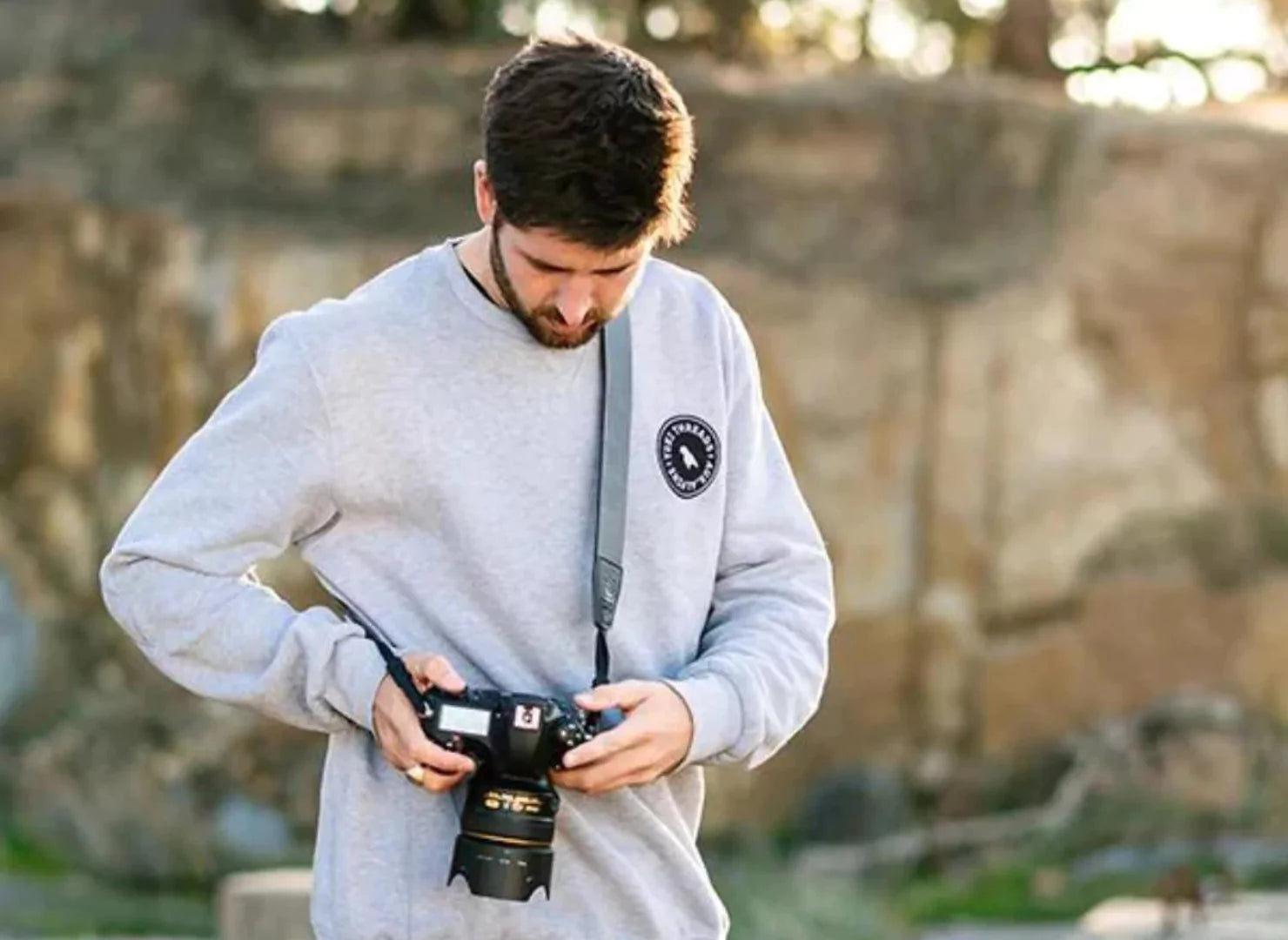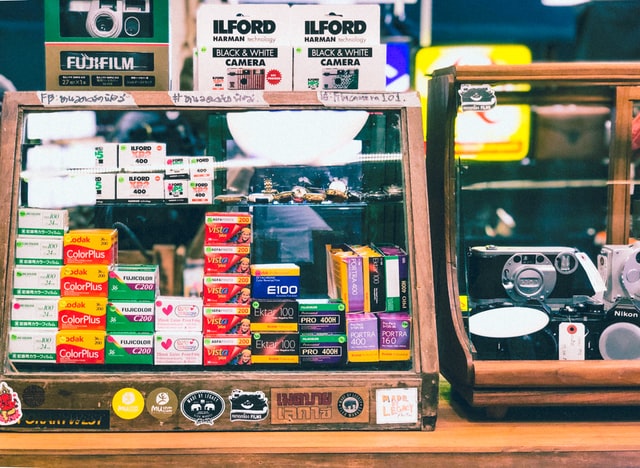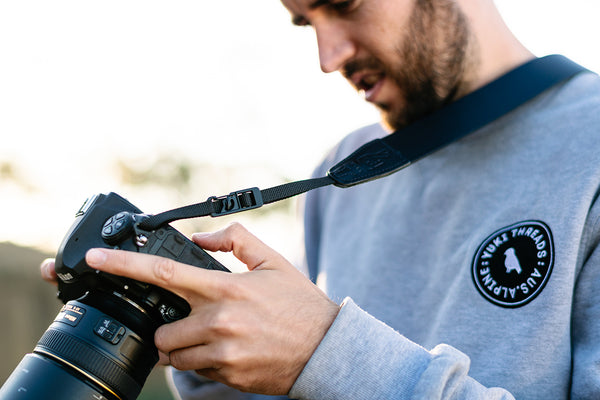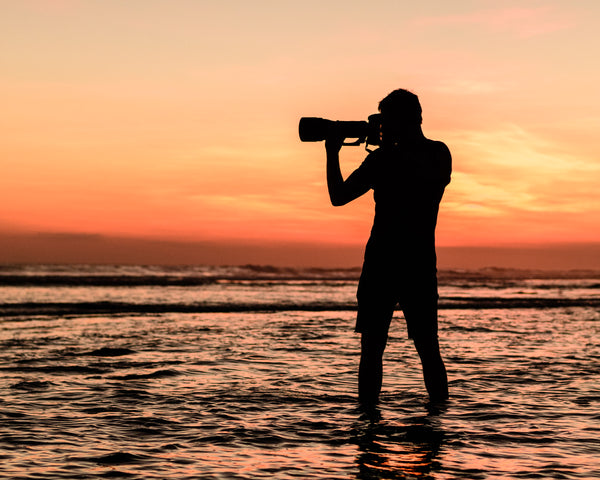Why Shoot Film At All?
If you have never experienced film photography, we understand why you may hesitate to take it up as a hobby. Digital photography is instant and popular; however, don't let that stop you from exploring your creativity. There are many misconceptions out there that would easily distract someone from stepping back in time to take a shot at film photography. But the reality is that this type of photography is not as complex or as expensive as some will have you believe (even compared with digital photography). While it is an analogue process, there are modem methods involved in the processing and developing a roll of film.

Another reason to shoot with the analogue medium is that it is a unique challenge that you cannot replicate with digital photography. While the basics are the same - controlling ISO, Shutter, Aperture - the outcomes are very different. And we are not just talking about the unique look of the film. With a digital camera, you can check every single shot as you take it. Where's the fun in that?
Film photography is about being creative, learning your settings and mastering the art of composition. There's a sense of anticipation after taking the photo. You will be left asking the question - how is that photo going to turn out?
These are probably the most enjoyable things about this style of photography. The process forces you to slow down and consider each shot as you really have to think of your camera settings. Only your patience, knowledge and skills will dictate the end outcome - not how good your camera is.
In this guide to film photography, we will outline the types of films to use, film speeds and the best ways to develop your film.
What Is The Best Film To Buy?
There are many different types of film rolls to choose from and brands. While some are more expensive than others, they all have different evolutions that offer a different image look based on the photographic environment.

Do Brands Matter?
Film photography is on the rise, and while there are not as many companies in the game as in the past, there are still options. The legacy brands like Kodak, Agfa, Ilford, and Fujifilm still produce colour and black and white rolls for consumer use. But there are also a growing number of new entries in the market where start-ups are creating their own brands. CineStill, Camera Film Photo, and even Japan Camera Hunter offer at least one new brand of film.
Film Format To Choose From
If you are starting out in this medium of photography, there is a bit to learn; however, we will keep things simple in this beginner's guide to film. Film photography is about having fun, so before choosing your camera, it's best to understand the difference between film cameras and the films they use.

Depending on the film camera's format, there's more than one format to choose from. The most common is 135 (what we know more commonly as 35mm) and 120. 135 or 35mm film comes in a roll contained within a canister and is 35mm wide. The exposures of a 35mm roll vary from 12, 24 or 36 exposures.
120 is 61mm wide and comes as a roll that sits inside a light-proof plastic canister. The negatives of 120 are significantly larger than 35mm. The larger size caters to large format (medium format) film cameras, which offer a higher resolution than smaller 35mm cameras.
How Is Film Rated?
In film photography, ISO refers to how the emulsion handles the sensitivity of light. It can also be likened to film speed. For outdoor shoots, you would have your ISO at around 100 or 200. Unlike in digital photography, where you can change the ISO for every photo, you are stuck with the ISO you choose when using a roll of film. As you head into darker environments, the ISO should go up to accommodate the lack of available light. Just be aware that a higher ISO of 800 will produce more film grain in your photos. This gain is due to the emulsion being more sensitive to light.

As a general rule for daylight, we would recommend using a canister with 100 or 200.
For sports and fast action or indoor, use a film rated at 400 or 800 and a shutter that has speed. It is possible to purchase 1600 for low light shooting; however, you may find not as many brands offer this higher ISO these days.
Film Characteristics
One of the biggest drawcards of this type of photography is the characteristics and artefacts you get on your finished prints. Many believe that the look of prints is completely different from digital cameras. And while there is a big market for digital editing software that replicates the look of film, you would still be missing the analogue experience. You can pick up film anywhere these days, including local supermarkets or pharmacies. But to get a quality film, you will have to go to a specialist store.

There are several unique film looks, and we could write a whole article on the countless options or even the best. However, let's cover three of the most popular film types for 35mm cameras.
Kodak Portra 400
Kodak still produces the highly popular Portra that was originally produced in 1998. The stock is renowned for reproducing skin tone, making it one of the best choices for portrait work.
Fujifilm Provia 100F
Photographers love the brand Fujifilm. Fuji is renowned for producing film for landscape and portrait photography. Provia is a popular choice as it reproduces colour accurately and also retains a lot of image detail. Fortunately, you can still buy this film in stores.
Ilford HP5 Plus 400
This black and white film was created back in 1931. It delivers exceptional image contrast and just the right amount of grain to give that gorgeous monochrome film look.
Loading A Roll
Loading a canister will depend on the age and style of the film camera you are using. Older cameras are unpowered (no batteries needed), so chances are you need to wind the film manually. More modern film cameras are powered and will automatically roll the film onto the receiving spool once you close the rear door.

Film comes in a light-proof container for a reason - the medium is light sensitive, and if you open it to the light, the whole roll is ruined. The same is true for processing a complete roll of film. So once you have loaded your film and wound it on to its starting point, do not open the rear door. Only do so once you have finished the roll and wound the film back into the plastic canister.
Camera Settings For Film Photography
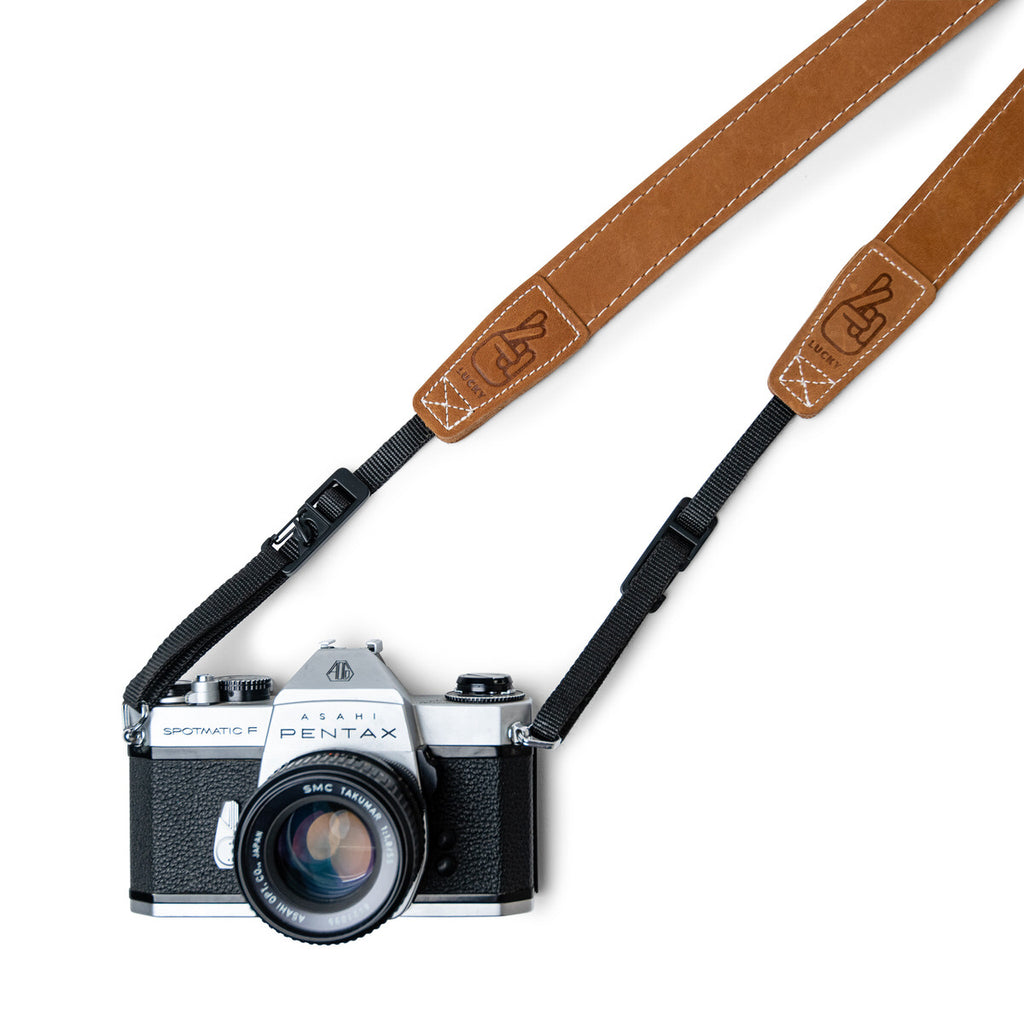
The exposure triangle that you currently use for your digital camera applies to film cameras. To start shooting, it's about managing the ISO, Shutter Speed and Aperture to get the correct exposure. To control these settings on your large format (medium format) or 35mm camera, it's easy. Just look for the f stops on the lens to control the Aperture. Then, make sure to control the shutter using the shutter speed dial.
The Process For Developing
A Little History From The Analogue Era
Back in the day, photographers would mostly develop film on their own. Light control was essential to ensure a dark room environment was maintained. As long as there was a water source and the ability to achieve total darkness, you had the beginnings of a home processing lab.

Then, as the photography pursuit grew to include hobbyists, commercial labs' need became necessary. General stores, pharmacists and more and more camera stores provided film developing solutions. In more recent years, with photography being main-stream, the option was to drop your finished roll of film at your local Kmart or Big W store.
There you would fill in your details on the side of the envelope and drop the roll inside. After an hour, you would get a call (this is pre-email) to come and get your prints, and they always included a contact or proof sheet. Something very nostalgic about the smell that escaped from the envelope when you returned to pick up your prints.
Processing At Home
With processing chemicals being commercially available, setting up a processing lab at home is simple. Again, you may opt to set up in your basement or broom closet or any other room that you can achieve total darkness. If you can have ready access to running water, then all the better as you'll require this throughout the process.
Processing in a Mini Lab
Analogue photography took a big hit when digital cameras were introduced. Big companies that first dominated the photography industry quickly had to reinvent themselves or perish along with the analogue era. Kodak, Agfa and Fuji all faced an uncertain future. Fuji was one of the few to survive as their new CEO made the call to steer all their nano-technology that went into developing film into the cosmetics, medical and graphics industries.

Along with the decline in film, photo labs that once were everywhere started to disappear. As pharmacists and department stores shifted to Frontier machines with quicker turn arounds, photo labs struggled to match the pace and low cost. The change in industry was much like the change from CDs to MP3s.
While we will cover this in more detail in a future article, quality photo labs still exist today, and they have become havens of those clinging to the analogue era. The demand for film as an alternative medium to digital images is on the rise once again. While companies like Fujifilm have stayed strong throughout the new era, the likes of Ilford and Kodak are seeing a renaissance in the use of their film products.
Some of the more bespoke labs will usually set up in a city location where visual creatives come out to play. We have seen some that are a photo-lab with a cafe, barber or even bar. Not only do they offer processing services, but some will also rent-out lab time for you to develop your own rolls. This is a great idea and a worthy experience to broaden anyone's experience in photography.
Camera Retailers
Camera retailers have reaped the rewards of the digital era and the development of ever-improving photography technology. But they too are seeing the benefit in providing consumers with not only film cameras and stock but also in providing processing solutions. Some are doing a great job and offer a range of services, while others offer a token C41 35mm film only. Either way, when you visit a store, make sure you remember to buy film again.
Scanning Verses Prints - Why Not Do Both?
Today, most processing services will offer either the scanning of your negatives or a set of prints produced from your negatives. Some will only do one over the other, and the very best of them will offer both. But which service is right for you?

The question of scanning versus printing usually comes down to what you need the images for. If you wish to further edit your images in software such as Lightroom or Photoshop, you will need to obtain your negatives' digital scans. The lab uses a scanning device that captures a digital copy of your negative and inverts it to a positive in the form of a TIFF or JPEG file. These can be emailed to you directly or loaded onto a USB drive. This also makes it convenient for those that want to share their photos via social media or email.
Printing your images is a relatively cost-effective solution if you want to see your film photography excursions' results. While you retain the original negatives to print from again, storing and protecting negatives is another step in the process. When it comes to printing, there are many options, including the paper's size and quality. If you are printing images worthy of framing, consider the archival quality paper to make it last.
What's Next For Your Film Journey?
If you are lucky enough to get your hands on a film camera, you have nothing to lose. We recommend you head to your local retailer and buy a film from their fridge. If it isn't stored in a fridge, it can be prone to overexposure when shooting. If you are purchasing online, check with the retailer to see how they store their film. The last thing you want to get is an old film that's been sitting in a hot warehouse for years

We recommend you practice shooting film to get a handle on the experience. It's how many photographers have learned a bit of the craft. It's incredible fun, especially if you have children. Try giving them a point and shoot disposable camera to capture images and then get it developed to peak their interest in photography. It's a great way for them to get started.
Regardless of processing the film yourself or having it done in a lab, the anticipation of seeing the result will be worth it.

